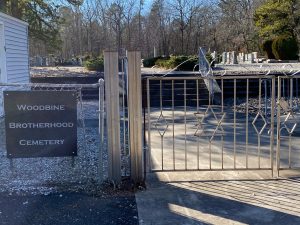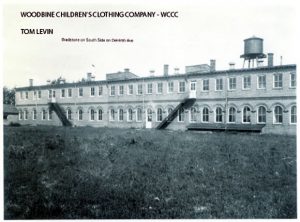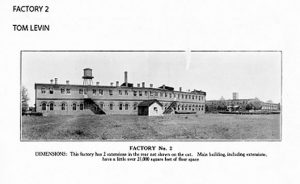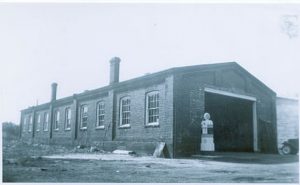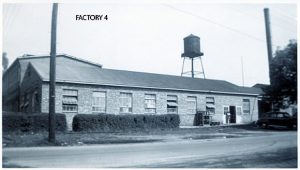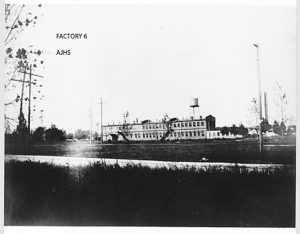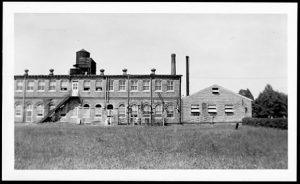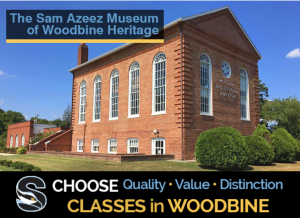The corner of Heilprin and DeHirsch Avenues, Woodbine, NJ, facing the former Baron de Hirsch Jewish Agricultural School. Michael Heilprin was a well-known activist in the resettlement of East European Jewish immigrants in the United States.
Woodbine
As much as any site of organized Jewish agricultural life in the Americas, in Woodbine we get a glimpse into key factors of the wider story of Jewish farming in the Diaspora. First, the Woodbine colony could only have come into being thanks to investments and guidance from Jewish philanthropists – starting with the de Hirsch Fund based in Paris, joined later by the Jewish Agricultural Society in New York.
Second, for successful transition of new immigrants from European towns and cities to the rural life, there was no substitute for accessible agricultural training. Sadly, Woodbine also illustrated the negative force of conflicts within Jewish communities.
Controversies aside, from the late 1800s until the 1950s Woodbine was a welcoming gateway into American society for people who left homes and loved ones behind in Europe. In its heyday during the 1920s-1930s, Woodbine boasted a vibrant Jewish farming and manufacturing colony with a spacious community center, community celebrations of Jewish and secular holidays, cultural events, two synagogues, a ritual bath, public schools, sports teams as well as purchasing and marketing cooperatives.
Few travelers or even homeowners in town today are aware that a main road leading into Woodbine – DeHirsch Avenue – still reminds us of this Jewish past.
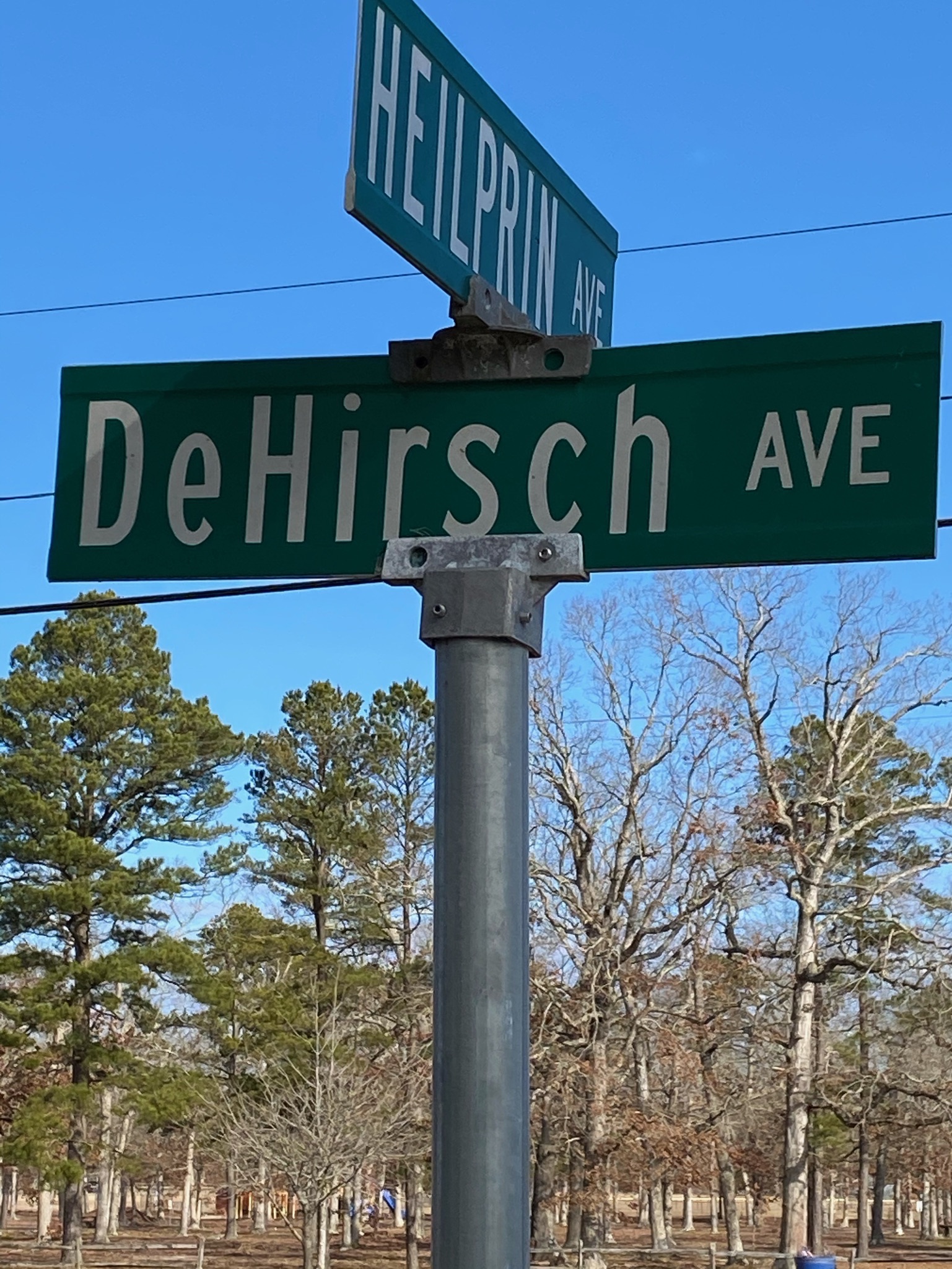
Woodbine: A Thumbnail History
In 1891, at a cost of approximately $38,000 taken from his $2.4 million endowment to assist Jewish refugees from the Russian Empire, Baron Maurice de Hirsch bought 5,300 acres of farmland in the small enclave of Woodbine, Cape May County. Having learned from the struggles of early colonists in Argentina and in the Am Olam communes in North America, the Baron sought a new model for settlement that offered both farming and manufacturing for newly arrived immigrants. These included an educational foundry and machine shop, two clothing factories, a knitting mill as well as hat and box factories.
See below a short film on the de Hirsch Agricultural School history. The film was shot in front of the school’s original foundry building. This structure is now in use as an electrical power plant.
The first 300 colonists arrived that year, led by Hirsch Sabsovich, a supervisor appointed by the de Hirsch Fund. Each family received a 50-acre farm parcel and a modest farm house built on streets organized as a grid.
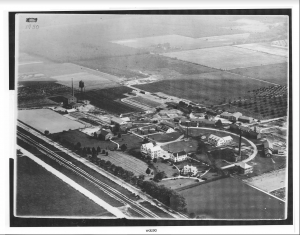
By virtue of its growth, Woodbine became an independent borough in 1903; Sabsovich served as its first elected mayor. Almost all its residents at this time were Jewish farmers, business owners and laborers. By 1900 approximately 900 people lived in town, 760 of them Jews. In 1920, Jews numbered 825 of the 1,400 residents. Due to the preponderance of Jews in town from the 1890s through the 1930s, Woodbine was lovingly known as the first Jewish autonomous community since the fall of the second Temple in Jerusalem.
Hear voices of colonists from Woodbine and the struggles of their families to make ends meet.
Audio courtesy of The Sam Azeez Museum of Woodbine Heritage at Stockton University.
Like in any good story, however, not all was harmonious in Woodbine. In principle, colonists were supposed to pay back to the de Hirsch Fund the cost of their low-interest farm mortgages. Trouble started almost immediately. During the first two years of the colony, the Fund cut off and ejected colonists it deemed overly resistant or incapable of successful farming.
In response to these troubles and strikes at the factories, in 1894 the de Hirsch Fund established a farm school in Woodbine, which everyone hoped would equip Jewish farmers with what they needed to know. Their wager was correct; the economy of the colony surged in the coming years.
Listen here to recollections from Woodbine colonists and their descendants about the colony’s factories and labor strikes.
Audio courtesy of The Sam Azeez Museum of Woodbine Heritage at Stockton University.
…
The Jewish majority in Woodbine began to decline in the 1930s with the slowing of Jewish arrivals and growth of the general community. Woodbine underwent a renaissance starting around 1948, when the Jewish Agricultural Society and other aid organizations sent hundreds of Holocaust survivors to the colony.
Listen to colonists talk about their daily work on the farm and at home in Woodbine.
Audio courtesy of The Sam Azeez Museum of Woodbine Heritage at Stockton University.
Like the Vineland colonies up the road, and many other colonies around the Northeast and in California, Holocaust survivors like these became profitable chicken farmers and founded cooperatives that continued long after they left the poultry industry.
No matter when a new colonist family arrived, however, after a decade or two on the land or in Woodbine’s factories, young colonists often departed in search of new opportunities elsewhere.
The buildings below were part of the Woodbine Children’s Clothing Company
Click on each image to view in greater detail
Credit: The Sam Azeez Museum of Woodbine Heritage at Stockton University
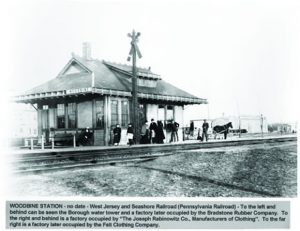
Woodbine Train Station
Credit: Tom Levin & AJHS via
The Sam Azeez Museum of Woodbine Heritage at Stockton University
Professor Jonathan Dekel-Chen discusses the prewar revival of the Woodbine colony following years of population decline.
…
Click below to listen to voices of Woodbine colonists and their descendants. Also included here are voices from descendants of migrants to Woodbine from the southern United States and Latin America.
Recording courtesy of The Sam Azeez Museum of Woodbine Heritage at Stockton University.
Baron de Hirsh School: A Woodbine Icon
Opened in 1894, the Baron de Hirsch Jewish Agricultural School was the first secondary farm school in the United States. Hundreds of young Jewish men and women from most of the northeast states received, free of charge, two years of professional training at this residential boarding school.
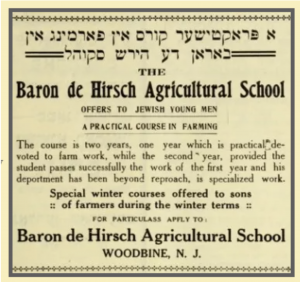
An advertisement appearing in the Jewish Farmer magazine.
Students learned modern techniques and took them back to their colonies. These skills included vegetable farming, orchard growing, animal husbandry, economics, basic farm mechanics and metalwork.
In addition to his other responsibilities in town, Hirsch Sabsovich served as the school’s first director. Later headmasters included Boris Bogen, among the most prominent Jewish leaders of his era, and Joseph Rosen, who between the world wars created a massive agricultural resettlement project for Soviet Jews in southern Ukraine and Crimea.
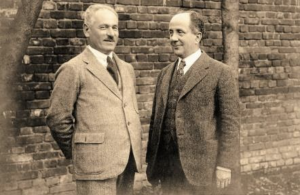
Joseph Rosen (left) and Boris Bogen, 1924.
Credit: JDC Archives
The de Hirsch School in Woodbine gradually closed between 1914 to 1917 because of organizational disagreements and falling enrollment; this part of New Jersey transitioned from farming to wartime textile production. The Jewish Agricultural Society reconstituted the school in Peekskill, New York, where Jewish farming in the Catskills was on the rise and Rosen served as headmaster.
Woodbine Today
In 1921 the de Hirsch Fund sold the campus of the School to the state of New Jersey, which converted it to The Woodbine Colony for Feeble-Minded Men. Rebuilt in brick after a fire destroyed its original wood structures, the campus is now a vocational school for men with developmental disabilities, renamed the Woodbine Developmental Center.
Woodbine’s Brotherhood Synagogue, opened in 1896, is still used occasionally for religious gatherings and community events. The synagogue is also part of the Sam Azeez Museum of Woodbine Heritage of Stockton University. Click the image below to view its website.
Watch a short film on the creation of the Woodbine Museum of Jewish Heritage.
Film courtesy of The Sam Azeez Museum of Woodbine Heritage at Stockton University.
…
Two cemeteries – established separately by the Brotherhood Synagogue (right) and the Tifereth Israel (left) congregations – are enduring monuments to the Jewish past in Woodbine.
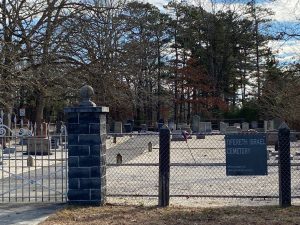 .
. 